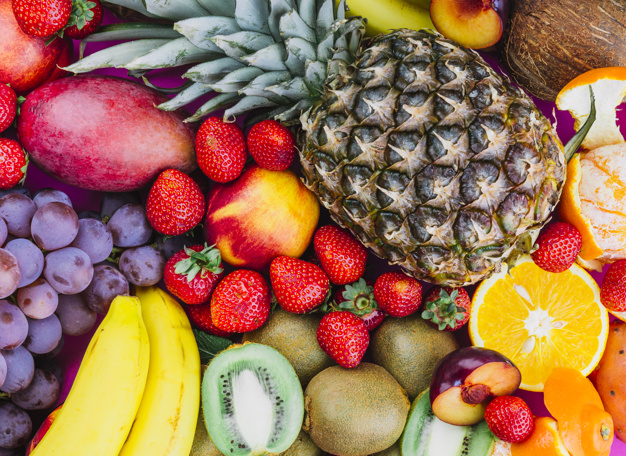
Fructose is a natural sugar found in fruits, fruit juices, wheat, honey, and some vegetables. It is also found in ’table sugar’ and corn syrup used as a sweetener in processed foods and beverages.
Fructose intolerance is a digestive disorder in which a person lacks the protein to break down fructose. It is also known as fructose malabsorption. When the cells in the small intestines are not able to break down fructose, there is an increased amount of this monosaccharide sugar in the entire colon.
A healthy person can absorb about 25-50g of fructose per sitting. One with fructose intolerance takes less than 25g per sitting. When fructose is not adequately absorbed, it ferments in the intestines and produces hydrogen, carbon dioxide, methane, and short-chain fatty acids.
Signs and Symptoms of Fructose Intolerance
A person with fructose intolerance show could have:
- Abnormal bloating
- flatulence
- belching
- gas
- pain
- distension
- nausea
- diarrhea
Patients with Gastrointestinal (GI) symptoms undergo investigations to rule out fructose intolerance. This test includes endoscopy, imaging studies, blood tests, and stool tests.
Fructose intolerance can be caused by:
- Increased intake of refined and processed foods and drinks
- Inflammation
- Increased stress levels
- Imbalance of good and bad bacteria in the digestive system
Hereditary fructose intolerance
Hereditary fructose intolerance is different from fructose intolerance. Hereditary fructose intolerance is a genetic condition. Here, the liver does not make the enzyme needed to metabolize fructose. Persons with hereditary fructose intolerance develop signs in infancy when foods containing fructose are introduced in the diet. Such children may develop a dislike for fruits and other foods containing fructose. Symptoms of hereditary fructose intolerance include vomiting, jaundice, poor feeding and growth, convulsions. They may also develop life-threatening complications like kidney and liver failure.
Diagnosis
A hydrogen breath test is the standard diagnosis of fructose intolerance. One is required to limit carbohydrates the night before and skip breakfast the morning of the test. At the doctor’s clinic, the patient is given a high fructose drink. After every 20 to 30 minutes for several hours, the breath is tested and examined. If fructose is not absorbed, high amounts of hydrogen are produced in the intestines.
Management
Different people have different levels of fructose intolerance. Some may be severe while; others may be mild. One needs to know how to control the intake of foods with high levels of fructose. These include honey, apple juice and apple cider, desserts such as ice-creams, sods certain fruits such as watermelon, peaches, prunes, apples and, pears.
It is crucial to read food labels to check the ingredients that may trigger fructose intolerance issues. Be keen to avoid: fructose, sorbitol found in candies and gums, corn syrup, sugar alcohols, crystalline fructose, and agave nectar.
Persons with fructose intolerance should keep a food log and strictly follow a low fructose diet option. Within 2 to 6 weeks of consuming reduced fructose foods, usually eases symptoms.
After alleviating the symptoms, one can gradually reintroduce one food option after another to determine the levels of fructose they can tolerate.












